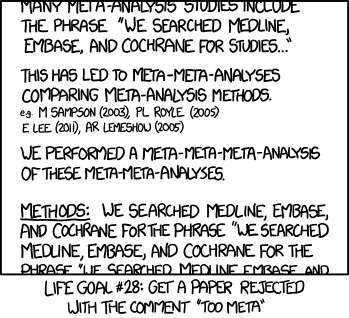by Ricardo Ramirez, Dal Brodhead. 2013. Available as pdf.
Also available in Spanish and French. See http://evaluationandcommunicationinpractice.ca/ufe-primer-get-it-here/
“Who is this Primer For?
This Primer is for practitioner evaluators who have heard of UFE and are keen to test drive the approach. Throughout this Primer we refer to the value of having a mentor to assist an evaluator who is using UFE for the first time. Our collective experiences with UFE indicated having a mentor was, for many UFE participants, an essential support and it reflects how we learned and mentored UFE.
>Evaluators may use elements of a UFE in their work naturally, for example by engaging users in planning the process or in assisting them in the utilization of findings. This Primer, however, walks the reader through UFE by systematically covering all of the 12 steps. It reflects deeply on the UFE evaluation practice and builds from it.
A second audience for the Primer is project implementers. In the five UFE experiences that underpin this Primer, the primary users of the evaluations were the research projects’ implementers — although other users could have been selected such as funders or beneficiaries. This qualification is important as the Primer will also interest funders of research and commissioners of evaluation.
Funders frequently have resources to commission evaluations. Funders have the power to support useful evaluations. They can, as well, choose not to support the evaluations. Supporting useful evaluation using UFE requires working differently than in the past with regards to both evaluators and the evaluands. This Primer offers some insights into how to do this.
While this Primer is based on UFE experiences completed with five research projects in the field of ICTD, there is scope for the lessons to apply to a wider variety of project in other sectors.
This primer is not a stand-alone manual. For that purpose readers are referred to the fourth edition of Utilization-Focused Evaluation by Michael Quinn Patton, as well as his most recent Essentials of Utilization-Focused Evaluation (2012)
This primer is also not a training module. Readers interested in that use are referred to the UFE Curriculum. It provides modules that were developed and adapted to different audiences. They are available at: http://evaluationinpractice.wordpress.com/ “

